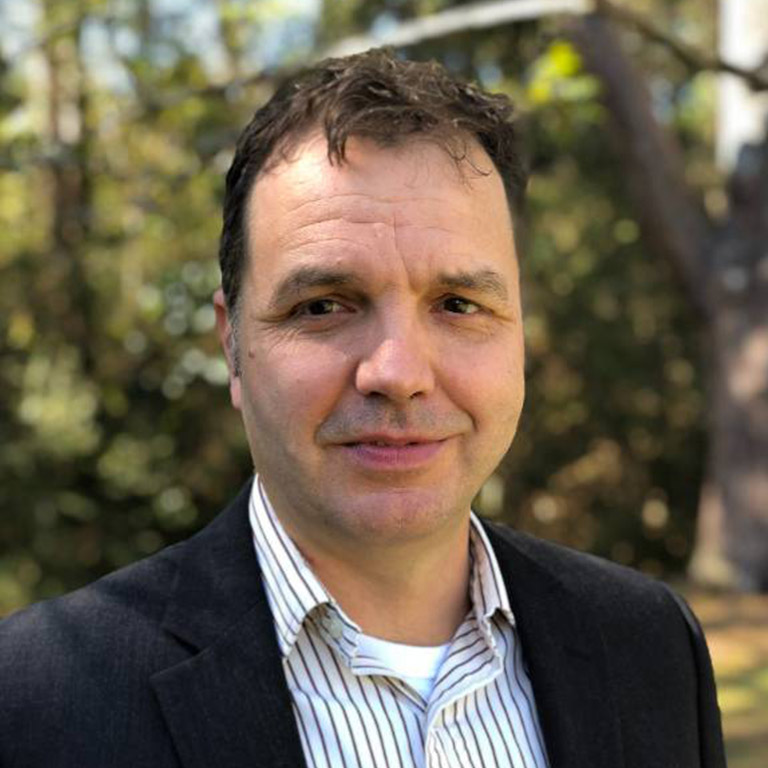Faculty Spotlight: Dr. Gero Nootz
Page Content
Dr. Nootz received a B.Sc. degree in Physical Engineering from the Technical University of Applied Sciences in Lübeck (Germany) and a Ph.D. in physics from the University of Central Florida.
Combining his background in optical physics, his love for the ocean, and a passion for creating, the new ocean engineering program at USM is a natural fit. Dr. Nootz’s research, which is carried out within the Ocean Exploration Lab (OEL), revolves around expanding the capabilities of a new generation of small autonomous platforms, be it Autonomous Underwater Vehicles (AUVs) or Autonomous Surface vehicles (ASVs). To advance this exciting research, the OEL has expertise in the design of mechanical, electronic, and optical components for the underwater environment as well as software development to control components and analyze data. The OEL operates 2 Iver-3 AUVs and co-owns a VAM-V ASV.
The OEL has developed a novel 360⁰ LiDAR system for small AUVs that can simultaneously sense the ocean floor and detect objects on the surface and have demonstrated a mechanism to deploy a payload from an AUV. Currently the OEL is “teaching” the Iver-3 AUV and the VAM-V ASV to collaboratively go on a mission to measure changes in the ocean’s floor topography and the water quality within the Mississippi sound. This new capability will allow this important water body to be monitored with much higher frequency than wat is currently possible. We also collaborate with the GCRL and private industry in the development of a selfdesiccating ouster cage.
2018 - 21
Cyber at the Tactical Edge
- Office of Naval Research
2019 – 21
Aquaculture Depth Control Unit for Improved Oyster Aquaculture Production
- The Gulf of Mexico Energy Security Act
2019 - 22
High-Resolution Coastal Test Area Sensor and Model Development
- Army Engineer Research and Development Center
- Olagoke Daramola, Marine Science (Hydrography) PhD. The unique cylindrical point cloud of the 360⁰ LiDAR system requires new strategies do extract information from the acquired data. Olagoke Daramola works on motion compensation and peak detection of the new 360⁰ LiDAR system. He also is working on analyzing telemetry data received from the self-desiccating oyster cage.
- Raju Kundu, Marine Science (Hydrography) MS. Focuses on developing strategies to allow autonomous platforms to work collaboratively.
- Sanjib Sarkar, Postdoctoral Fellow. Sanjib Sarkar supervises students and works on advancing trajectory and motion planning of autonomous vehicles and LiDAR signal processing.
